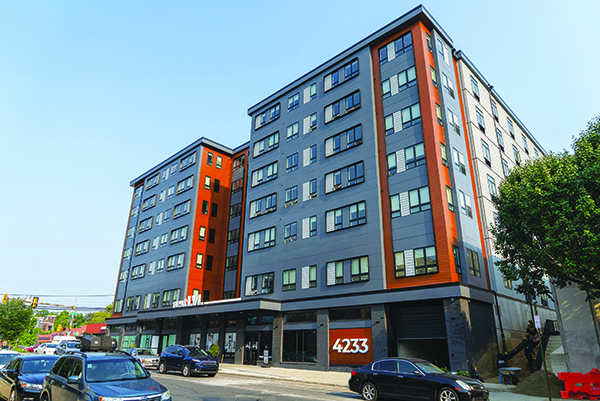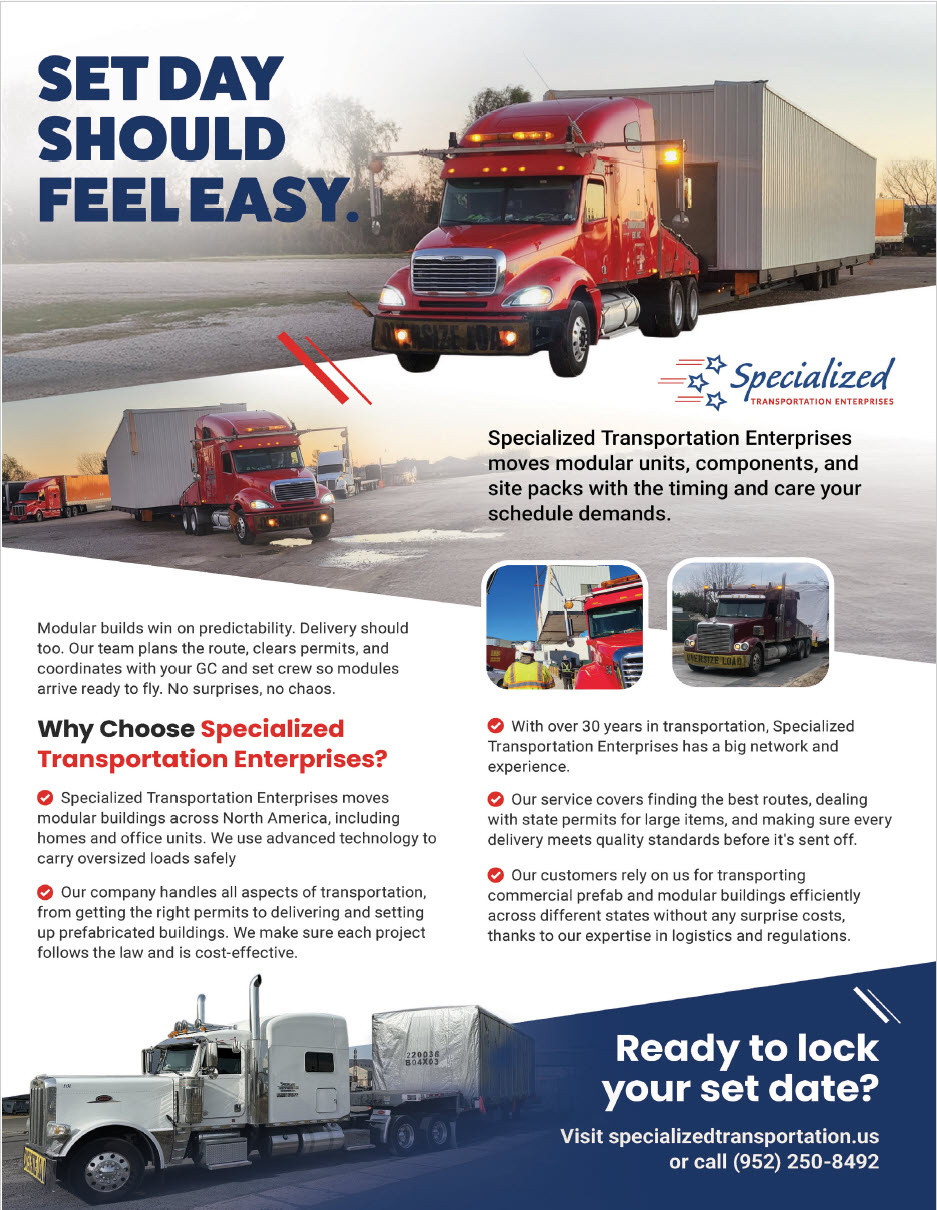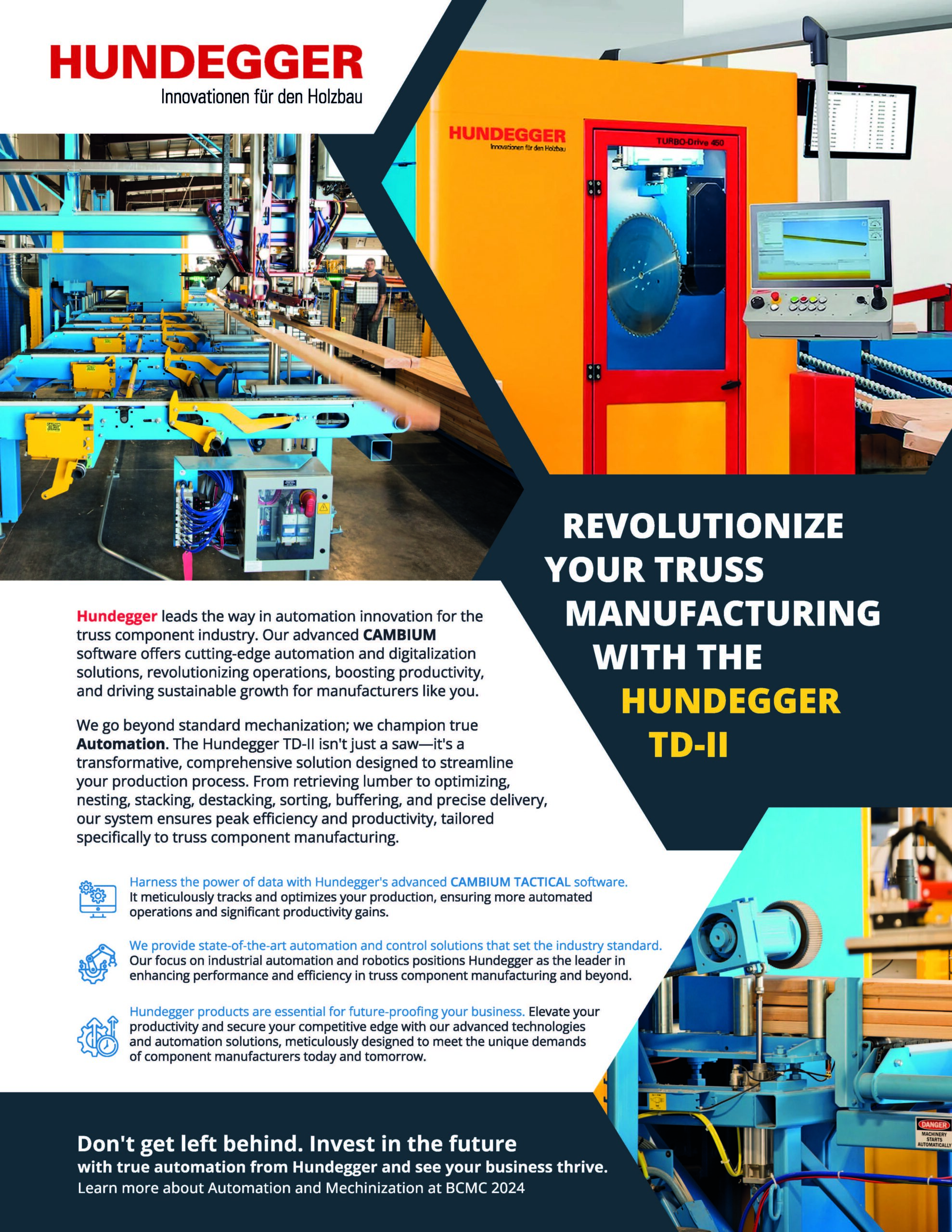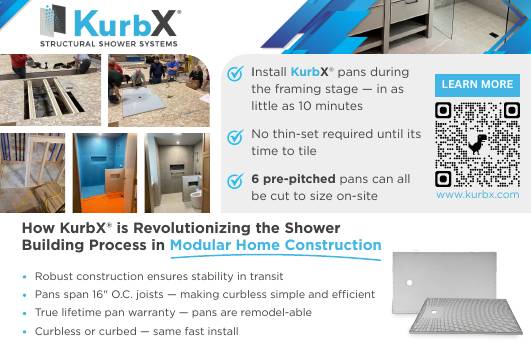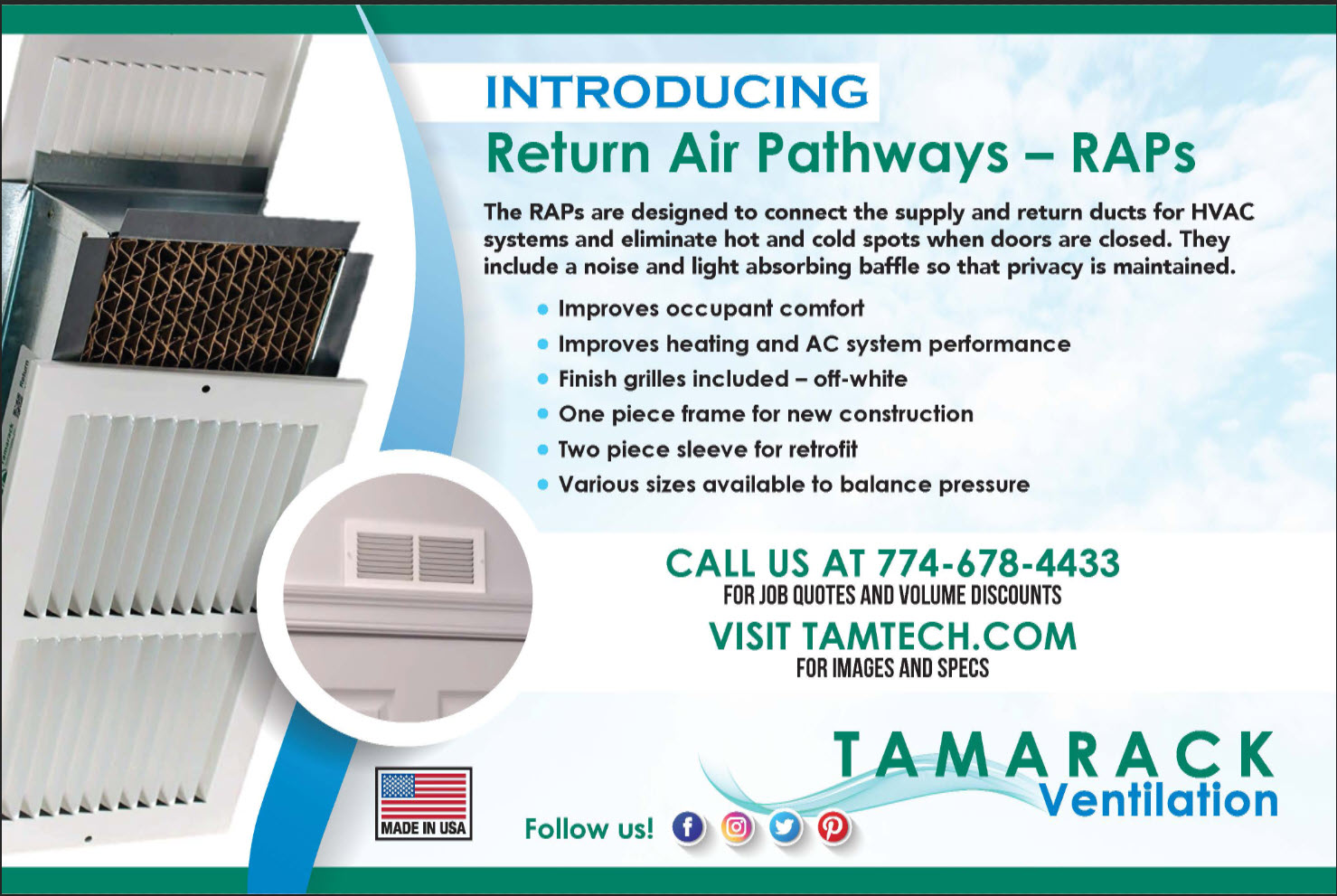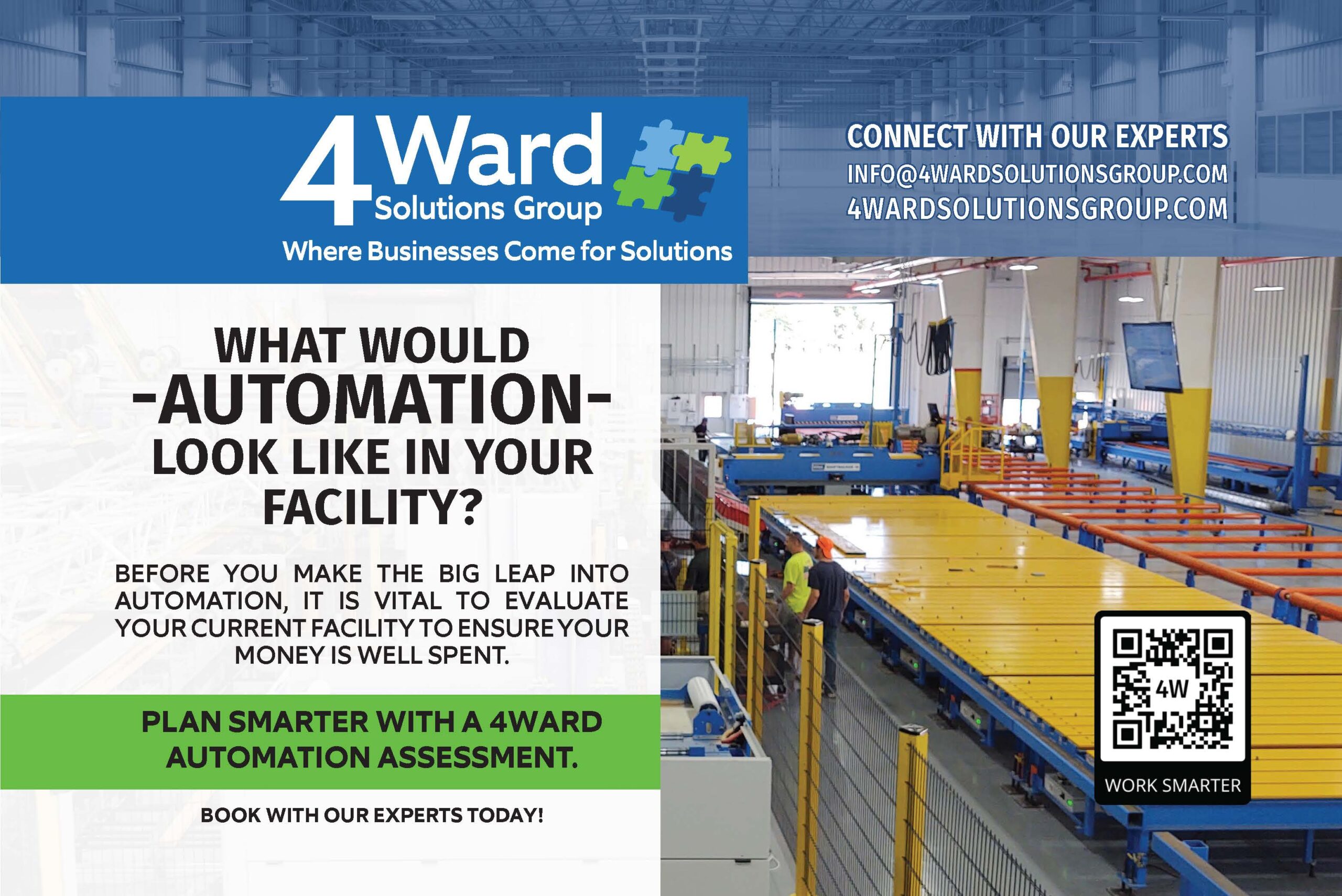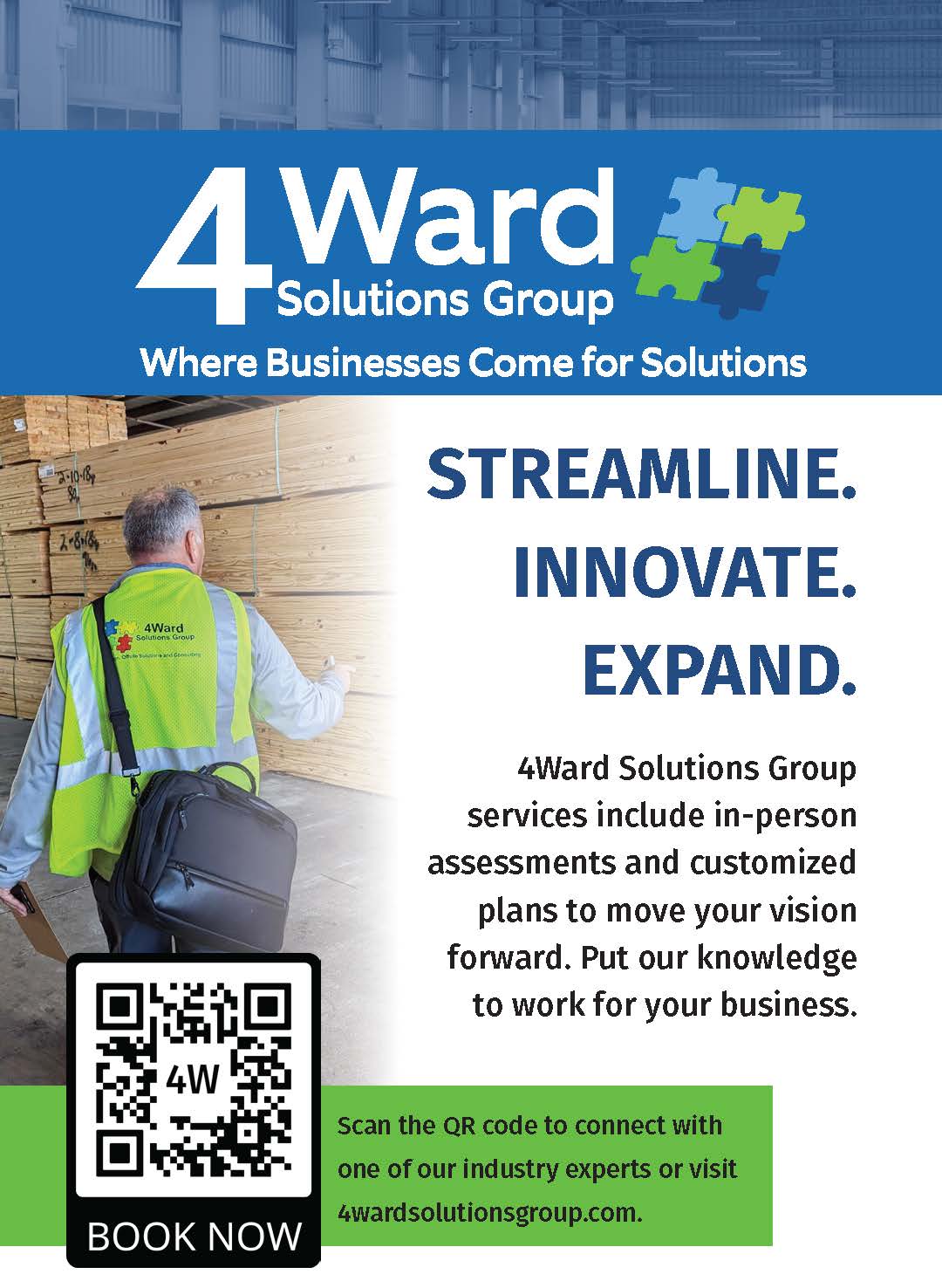A conversation with Vaughan Buckley of Volumetric Building Companies.
I recently talked with Vaughan Buckley, CEO of Philadelphia, Pa.-based Volumetric Building Companies (VBC) to find out his thoughts on the industry and what his company is focused on. VBC specializes in large multifamily projects, and is one of the country’s largest volumetric builders.
Vaughan talked about his company’s strategies for engaging with and educating potential customers and other industry professionals who are new to modular construction. He also talked about how current industry players can improve collaboration with one another and reach out to new markets.

Q: What is VBC currently doing to increase outreach and expand business opportunities?
A: We are spending a lot more time engaging with policymakers and industry groups that are supporting housing and general construction. We’re also engaging more with the architecture space. And we’ve been spending less time at the offsite conferences and more time expanding within groups that don’t know who we are or what we do.
Q: VBC recently acquired Polcom Group, a modular manufacturer based in Poland. What opportunities has that brought?
A: The Polcom acquisition has exposed us to many more markets. In the US you have different jurisdictions and regulatory environments but, generally speaking, they’re working on the same principles, which from a regulatory perspective is the International Building Code, with slight differences from state to state. The US also has relatively consistent funding protocols for things like LIHTC (Low-Income Housing Tax Credits) and construction loans.
With Polcom, we can now do business in the Middle East, in continental Europe, in the UK and in Iceland. Each of those markets reacts very, very differently; they all have different needs.
So, we’ve learned a lot with the expansion. I think one of the biggest things we’ve learned is that we need to take advantage of the ability to speed up the sales cycle, which is something that you can do in the US much easier than you can in many other countries. The sales cycle in the US is much shorter from a concept to contract perspective than the planning and entitlement processes in most places around the world.

Q: When you’re talking to policymakers and potential adopters of offsite methods, what are some of the perceived barriers to getting them onboard with this method of construction?
A: I would say that, in most cases, if you’re in the right room with the right people they don’t put up barriers because they don’t understand offsite construction yet.
With potential customers and policymakers, we’re not trying to convince them this method isn’t bad; instead, we’re introducing a technology that could solve a problem they have. We spend less time focusing on the barriers or obstacles, and more time focusing on the things that make this technology successful.
With policymakers in particular we see success as being driven by three factors: policy direction, procurement and regulation.
First is the policy itself. How are politicians or strategic funding influencers viewing offsite technology and what are they pushing for their agencies and their regulatory systems to use? That’s sort of the top of the tree.
You also need to understand how the procurement authorities operate, and you need to understand the mechanisms they use. Do they support design-build tenders or performance-based qualifications, rather than prescribing methods that demand traditional construction? Do they create a level playing field for traditional and offsite technologies? This is critical to success.
And finally, there’s the regulatory side. How will this building be approved or authorized to be produced in this location in this manner? In the US that’s traditionally managed at the state level via Industrialized Housing Acts or regulations.
Globally, there are generally two paths [to getting approval]. You can do it from the bottom up, which is to align regulatory and procurement processes and then encourage the strategy and policy to follow. That’s the quickest route, but it’s very tactical and can often be overridden by political attitudes or motivations.
Alternatively, you can get it done from the top down, which is to have the policymakers implement the necessary regulatory and procurement mechanisms needed for success. That’s a longer-term process, but usually results in more success. And that’s what you see in countries like Japan and Sweden that have had a top-down approach.
In the US, I would say, it’s actually the opposite. We’ve driven success as an industry through regulatory and procurement wins and have yet to actually have a synthesized policy in any way.

Q: What immediate action items can a company working in this space do to move the industry forward, whether it’s in their local jurisdictions, within their state, or even federally, to help collaboratively move adoption along more quickly?
A: Things will get better if we all get rid of the moats around the tactics of how we actually want to build, and if we share information on how we procure parts or run our supply chains and overall collaborate better on the tactics. You can still keep your secrets at a strategy level, but I feel like we still have a lot of moats around each of the factories in this space, because folks have something that they think nobody else has. But if they were to eliminate their moats, they would probably find out that everyone else is doing the same thing they are.
Q: Where the VBC team is concerned, how much effort is currently being put into keeping new clients happy and gaining new clients?
A: There’s a huge amount of effort put into both. However, an important statistic is that out of the approximately 7,000 units that we’ve built in our history, 93% of that work has come from clients that have worked with us three or more times.
Q: How important is it to be putting solid data and case studies in front of potential adopters to prove points or assist in explaining how the process works?
A: Without the case studies and the data, typically the folks that you’re trying to engage with at a conceptual level really struggle to understand what it is you’re actually providing.
They don’t understand the completion level of the units or the way that [those units are] interoperable or connected. They don’t fully understand the scope and often don’t understand the contracting relationship.
A case study that lays out who’s doing what, where, when, and for how much, is incredibly helpful for new adopters to see, so I would say that it’s vitally important to share these stories. [A data-based case study] also provides a yardstick to use for the level of success that a new adopter might expect when considering a new project.

Q: What do you tell first-time adopters when they are considering modular, and how do you get them to think about the future and long-term vision? You’ve said that you don’t do one-off projects. Why?
A: What we say to our customers when we sign a first deal with a new adopter is “Congratulations on signing up for the worst modular project you’re going to build. This first project is going to be objectively the least successful project because of the lack of coordination, understanding and cooperation [that’s typical in the construction space].
“We are going to have the toughest time on this job out of any of the jobs that we build together on a go-forward basis, so let’s set that yardstick with the expectation that we are not doing this project only. If we don’t commit now to doing more projects together in the future, we probably shouldn’t start with the first one.”
Q: How do we blend the need for our industry to expand beyond its borders, with the necessary interactions we need with each other to collaborate?
A: One challenge is that we tend to limit industry interaction to conferences. We all get together, commit to collaborating, commit to working on projects together and sharing more data. Then we go away for a year without actually doing it. A year later, we come back together again and commit to doing it again. If we are to truly see value from these interactions, we need a lot more follow-up and engagement in between industry events.
We’re in an industry that is here to disrupt and create change. To accomplish this, we also need to be engaging in events that make us uncomfortable, which means engaging with groups that traditionally don’t use our method.
For example, we’ve found success at the Multifamily Developer or Hotel Owner Association meetings that have nothing to do with modular. They’re not really there for modular. They’re not even particularly interested in modular. But once you get there, you realize that you’ve found an audience that needs you. It’s tough to say that when you’re in a room of your peers.
Heather Wallace is a freelance writer and industry engagement specialist with over two decades of experience in various areas of the building industry. She has covered topics on construction, technology, workforce development, green building, and sustainable living.
Photos courtesy Volumetric Building Companies.


